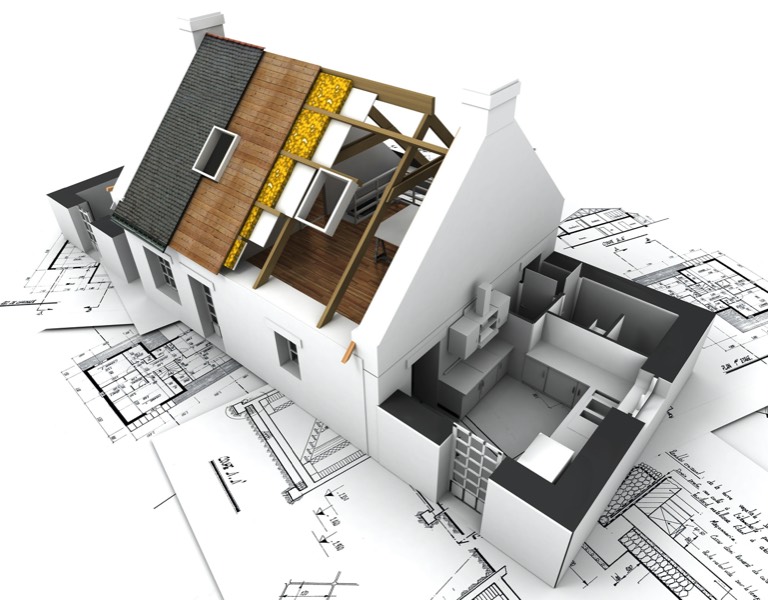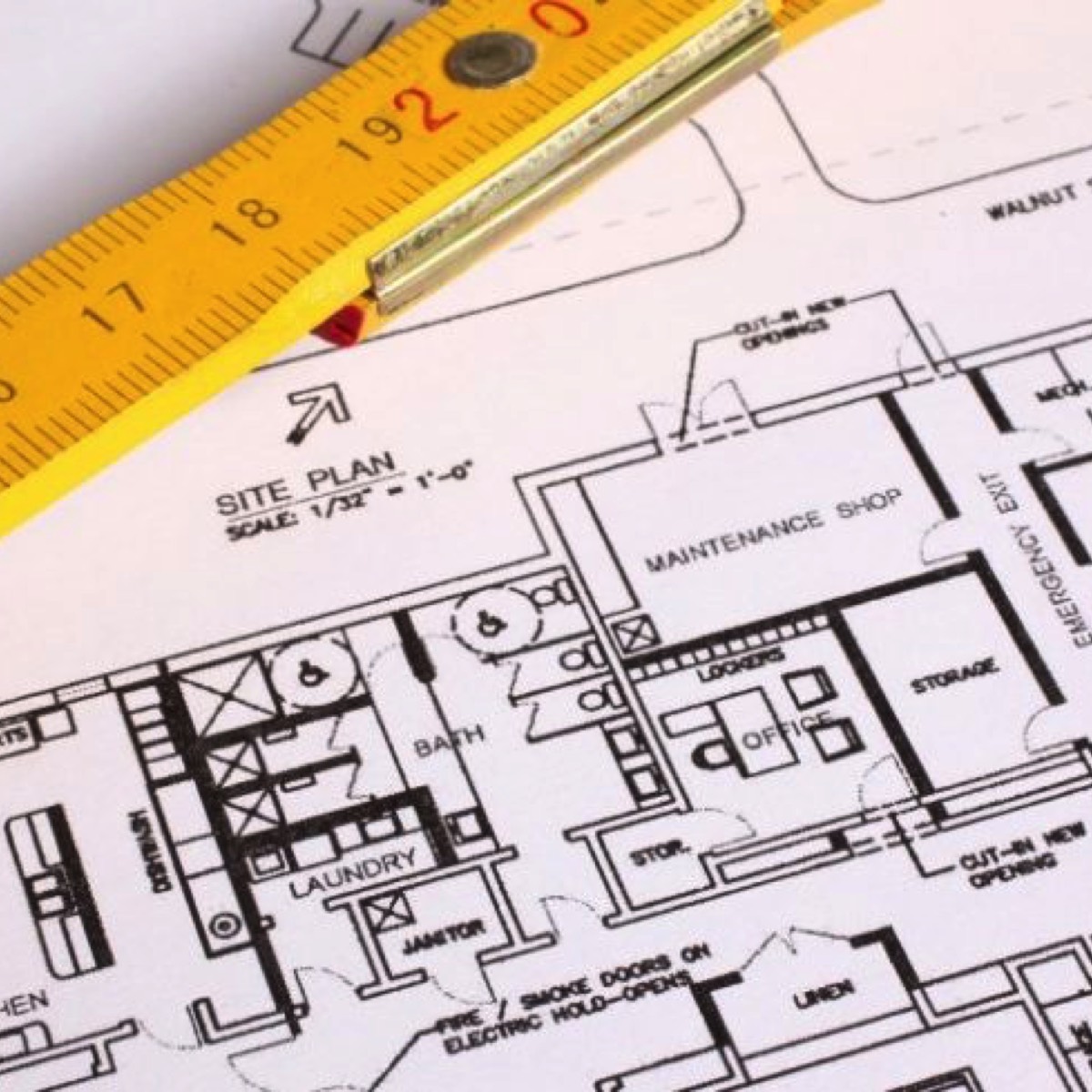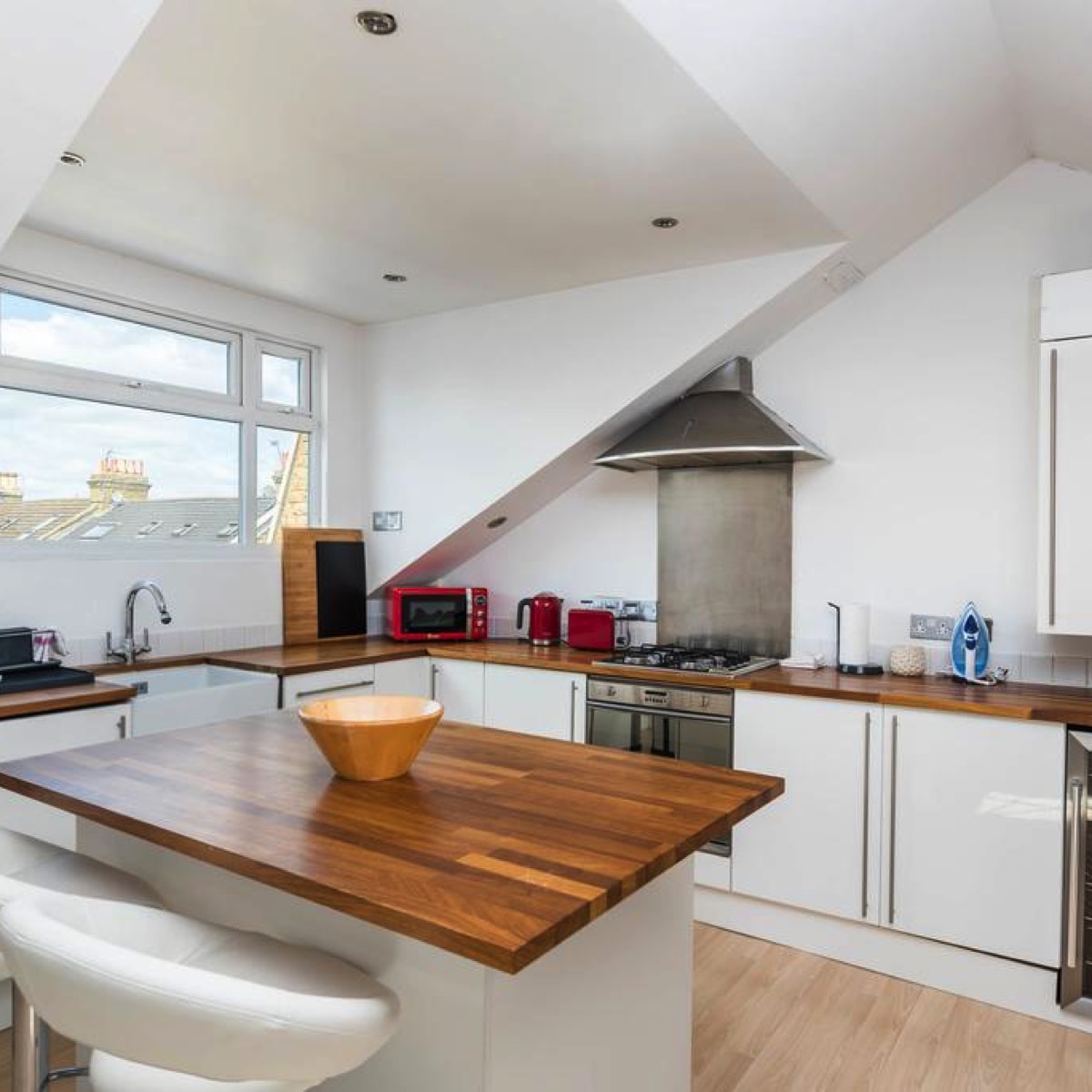An Introduction to Loft Conversions…

Loft Conversion (an introduction)
Reach for the Sky
Extending upwards, costs a lot more than extending out… for 2 reasons.
It’s far easier to dig a hole, dump some concrete in it and build a box on top (an extension), than it is to convert a thing for keeping water out, into a new bedroom and luxury en suite!
Red Tape
An extension requires men in yellow helmets (workers) to adhere to about 5 rules and regulations.
A loft conversion requires a man with a white helmet to take up permanent residence. (He won’t actually do any work, his job is to impose the 500 rules and regulations that the average loft conversion must adhere to).
Stairs, floors, soundproofing, fire proofing, escape routes, load bearing walls, chimneys, party walls, the list goes on……none of this usually applies to “chucking up a box” on the back of your house.
Obviously, you won’t be involving yourself with any of the processes but you will be paying for their implementation.
So, for those of you with a technical and legal “bent”, have a look at our seriously simplified articles outlining the current rules and regs regarding loft conversions.
Planning Applications
Building Regs.
Design
Right, assuming your bent has now been satisfied, let’s think about design.
Unless you live in a mansion, most existing loft spaces can only be converted to one bedroom with an ensuite and virtually design themselves, so that takes care of the actual space allocation.
This leaves the windows and the stairs.
Windows take the form of either “Velux” type roof windows, or dormers.
“Planning” doesn’t usually allow new dormers to be built at the front, so if you want light there, it will have to be a roof window but that’s not necessarily a disadvantage.
Because of their angle of inclination, they let more light in than dormers anyway, other than on very dull days.
Dormers usually get built at the back and they can be “full or half”.
Full dormers allow you to “walk into” them, so you get more floor area, half dormers start half way up your new sloping ceiling.
You should also have a bash at deciding whether you want dormer windows to have pitched or flat roofs and also what do you want the sides (or cheeks) to look like.
These can be either tiled or slated to match your existing roof, brick, rendered, lead or zinc.
A well designed conversion will look like it was always there.
The stairs will continue seamlessly upwards above the existing ones and “detailing” (architraves, skirting boards, door furniture etc), should match that of the house below.
Don’t forget to tell you insurance company when you’ve finished, they will want to up your premium!
www.buildingsheriff.com
Copyright The Building Sheriff Ltd 2019


